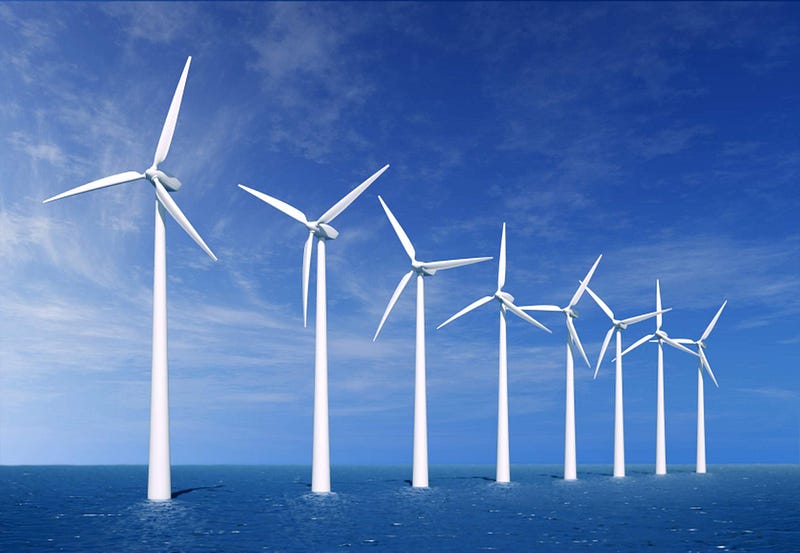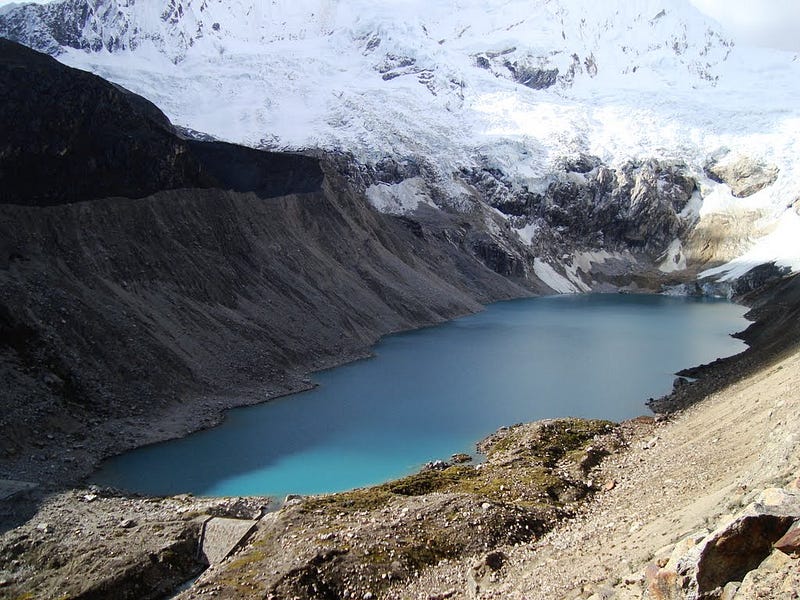Renewable Energy and Climate Challenges: A Deep Dive
Written on
Chapter 1: Renewable Energy Initiatives
The Biden administration has revived the Vineyard Wind offshore project, which had faced delays. This initiative promises to generate 800 megawatts of electricity, potentially powering around 400,000 homes situated 12 miles south of Martha’s Vineyard. The project, a collaboration between Avangrid and Copenhagen Infrastructure Partners, aims to be the first offshore wind farm in the United States.

Despite setbacks during the Trump administration due to concerns from commercial fishermen, the newly appointed Director of the Bureau of Ocean Energy Management, Amanda Lefton, has committed to reviewing the project. Vineyard Wind representatives hope to secure financing and start generating power by the end of 2023. This initiative is vital for Massachusetts as it strives for net-zero emissions by 2050, complementing a recent climate bill that allows for an additional 2.4 gigawatts of renewable energy.
Section 1.1: Climate-Driven Flood Threats
A recent study highlights the impending dangers of climate-driven flooding in Peru. Overfilled lakes in the Northern Andes threaten to overflow, endangering forests, towns, and agricultural lands below.

The tropical glaciers in this region, notably affected by rising temperatures, have led to the formation of numerous lakes over recent decades. Lake Palcacocha, near Huaraz, Peru, has been expanding due to the melting Palcaraju Glacier, posing a significant risk to around 120,000 residents. New research published in Nature Geoscience indicates a 99% probability that human-induced global warming is escalating the risk of catastrophic flooding in this area.
The glacier has been steadily retreating since 1941, with the lake's size increasing by 34 times. Previous floods have resulted in the loss of 1,800 lives, and the threat of future disasters looms large. A local resident has initiated a climate lawsuit against a German energy corporation, demanding improved flood protection due to the greenhouse gas emissions attributed to the company.
The legal battle has advanced to the evidence stage, with judicial visits planned to assess the flood risk. This case could pave the way for further climate accountability lawsuits, as major fossil fuel companies in the U.S. face multiple claims for their contributions to climate change impacts.
Section 1.2: New EPA Nominee's Focus on Justice
The nomination of Michael Regan to lead the Environmental Protection Agency (EPA) has garnered attention. As the first Black individual to hold this position, Regan aims to prioritize environmental justice, addressing the disproportionate effects of pollution on low-income communities and people of color.

Regan, currently the Secretary of North Carolina’s Department of Environmental Quality, has significantly improved the state's approach to environmental justice. His department has conducted double the inspections compared to his predecessor and imposed stricter penalties for violations.
However, his tenure hasn't been without criticism. Some environmental advocates have expressed disappointment in his handling of pollution from hog farms and carbon-intensive wood pellet mills, which have adversely impacted marginalized communities. A civil rights lawsuit has pushed for more rigorous air quality testing and reporting in affected areas. Despite the challenges, Regan's efforts have fostered a stronger connection between the community and the agency.
Chapter 2: The Road Ahead
As we continue to navigate these pressing issues, the intersection of renewable energy, climate justice, and effective governance remains crucial. Stay tuned for updates on the Daily ED, where we cover significant news in the realms of climate change and environmental justice.